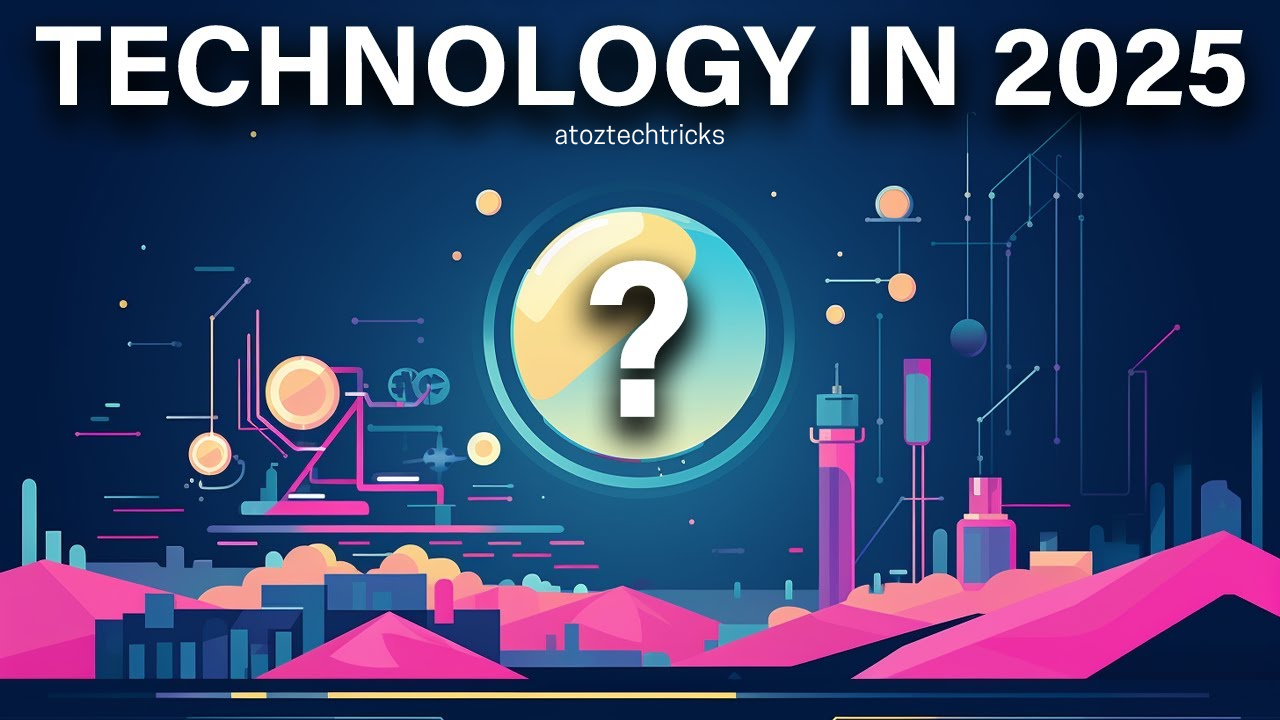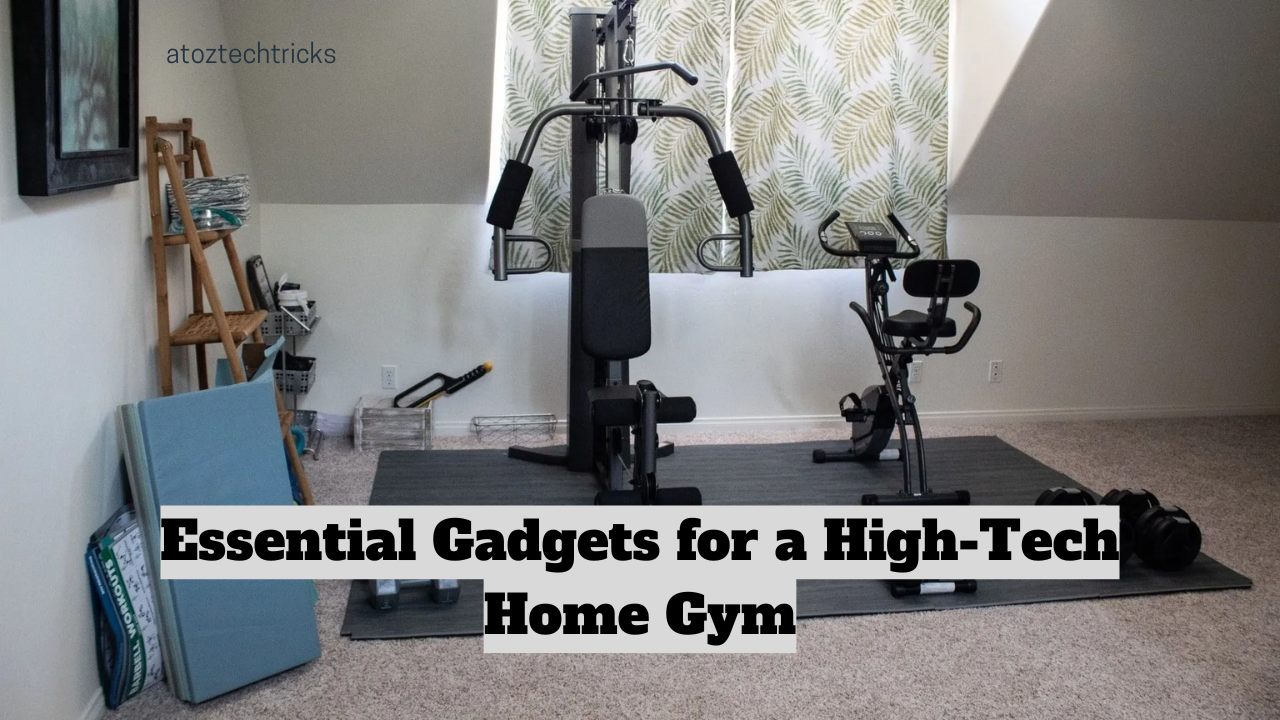In today’s rapidly evolving technological landscape, smart gadgets have transformed from mere conveniences to essential tools, particularly for individuals with disabilities. These devices are designed to enhance accessibility, promote independence, and improve overall quality of life. From assistive technologies to smart home systems, the benefits of these innovations are profound and far-reaching. This article explores the significant advantages that smart gadgets offer to people with disabilities, showcasing how they facilitate everyday activities, enhance communication, and provide support for a more inclusive society.
1. Introduction to Smart Gadgets for Disabilities
Smart gadgets encompass a wide range of devices equipped with advanced technologies, including artificial intelligence (AI), the Internet of Things (IoT), and voice recognition. These technologies can be particularly beneficial for individuals with disabilities by addressing specific needs and challenges. From voice-activated assistants to smart home automation, these gadgets offer a myriad of solutions tailored to different types of disabilities, including mobility impairments, visual and hearing impairments, and cognitive challenges.
2. Enhancing Communication
2.1 Augmentative and Alternative Communication (AAC) Devices
AAC devices are designed to assist individuals with speech impairments in communicating more effectively. Modern AAC devices leverage smart technology to offer more personalized and adaptable communication solutions. For example, speech-generating devices (SGDs) use AI to predict and suggest words or phrases based on the user’s preferences and past usage, making communication faster and more efficient.
2.2 Voice-Activated Assistants
Voice-activated assistants like Amazon Alexa, Google Assistant, and Apple’s Siri have become invaluable tools for people with disabilities. These smart gadgets allow users to perform a variety of tasks through voice commands, such as setting reminders, making phone calls, and controlling other smart devices. For individuals with mobility or dexterity issues, voice-activated assistants can significantly enhance independence and ease of living.
3. Improving Accessibility in the Home
3.1 Smart Home Automation
Smart home automation systems offer a range of solutions to make living spaces more accessible. For individuals with mobility impairments, smart locks, lights, and thermostats can be controlled remotely via smartphone apps or voice commands. This reduces the need to physically interact with traditional controls, which can be challenging for those with limited mobility.
3.2 Adaptive Lighting and Temperature Controls
Smart lighting systems equipped with adaptive features can be tailored to meet the specific needs of individuals with visual impairments. For instance, adjustable brightness levels and colour temperatures can help reduce glare and enhance visibility. Similarly, smart thermostats can be programmed to maintain optimal temperatures, ensuring comfort and safety for individuals with specific health needs.
4. Supporting Daily Activities
4.1 Assistive Technology for Mobility
Smart gadgets designed for mobility assistance include smart wheelchairs and powered exoskeletons. These devices are equipped with advanced sensors and control systems that enable users to navigate their environment more easily. For example, smart wheelchairs can be programmed to follow specific routes or avoid obstacles, while powered exoskeletons can aid in standing and walking.
4.2 Medication Management
For individuals with cognitive impairments or chronic health conditions, managing medications can be a complex task. Smart pill dispensers and medication reminders offer automated solutions to ensure that users take their medications as prescribed. These devices can provide visual or auditory alerts and even send notifications to caregivers if a dose is missed.
5. Enhancing Educational and Employment Opportunities
5.1 Educational Tools and Resources
Smart gadgets have revolutionized educational opportunities for students with disabilities. Text-to-speech software, screen readers, and adaptive learning platforms are designed to accommodate various learning needs. These tools help students with visual impairments, dyslexia, or other learning disabilities access educational content more effectively.
5.2 Workplace Accommodations
In the workplace, smart gadgets can enhance productivity and inclusivity. For example, employees with hearing impairments can benefit from video relay services and real-time captioning during meetings. Similarly, adaptive keyboards and ergonomic mouse devices can assist employees with dexterity issues, enabling them to perform their job functions more comfortably.

6. Promoting Safety and Independence
6.1 Emergency Alert Systems
Emergency alert systems equipped with smart technology can provide vital assistance in critical situations. Wearable devices like smartwatches can include fall detection features and automatic emergency notifications, ensuring that help is quickly dispatched if needed. These systems enhance safety and provide peace of mind for both individuals with disabilities and their caregivers.
6.2 Smart Home Security
Smart home security systems offer a range of features to promote safety and independence. Video doorbells, smart cameras, and motion detectors can be integrated into a home’s security system, allowing individuals to monitor their surroundings and receive alerts about potential security threats. This increased control and awareness contribute to a greater sense of security.
7. Fostering Social Inclusion
7.1 Social Interaction and Connectivity
Smart gadgets facilitate social interaction and connectivity for individuals with disabilities. Video calling apps, social media platforms, and online communities enable users to stay connected with friends, family, and support networks. These technologies help bridge gaps created by physical barriers and promote social inclusion.
7.2 Virtual Reality and Augmented Reality
Virtual reality (VR) and augmented reality (AR) technologies offer innovative ways for individuals with disabilities to engage with the world. VR can provide immersive experiences for those with limited mobility, allowing them to explore new environments and participate in activities that might otherwise be inaccessible. AR applications can enhance daily life by providing real-time information and guidance.
8. Challenges and Considerations
8.1 Accessibility and Usability
While smart gadgets offer numerous benefits, it is essential to consider accessibility and usability when designing and implementing these technologies. Devices must be user-friendly and customizable to meet the diverse needs of individuals with disabilities. Ensuring compatibility with existing assistive technologies and providing adequate training and support are crucial for maximizing the benefits of smart gadgets.
8.2 Cost and Affordability
The cost of smart gadgets can be a significant barrier for some individuals with disabilities. Although the prices of these technologies have been decreasing, affordability remains a concern. Efforts to make smart gadgets more accessible through subsidies, grants, and insurance coverage can help address this challenge.

9. Future Prospects and Innovations
The future of smart gadgets for people with disabilities is promising, with ongoing advancements in technology poised to offer even greater benefits. Emerging technologies such as AI, machine learning, and advanced robotics hold the potential to further enhance accessibility and independence. As innovation continues to drive the development of smart gadgets, it is essential to prioritize inclusivity and user-centred design.
Smart gadgets have become indispensable tools for individuals with disabilities, offering a wide range of benefits that enhance communication, accessibility, and overall quality of life. From assistive communication devices to smart home automation, these technologies play a crucial role in promoting independence and social inclusion. As technology continues to evolve, the potential for smart gadgets to transform the lives of people with disabilities will only grow, paving the way for a more inclusive and accessible future.
How Gadgets Are Enhancing the Learning Experience in Schools




